#Hogmanay
Text
Happy New Year everyone! 🎆


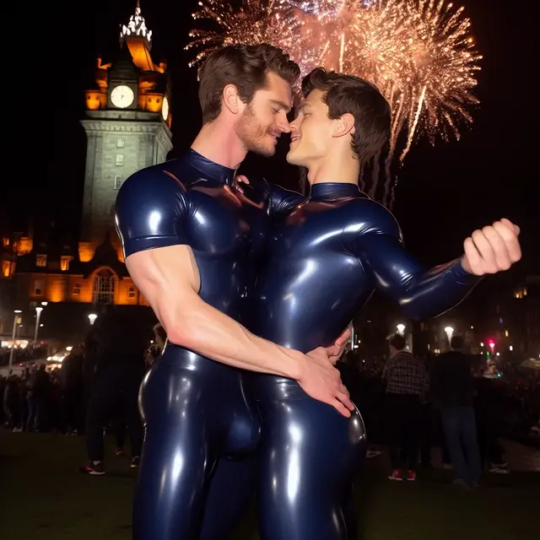
Wishing everyone a prosperous 2024 💖
#aiart#muscle#ai#ai men#gay#men#rubber#spandex#bodysuit#new year#happy new year#Andrew Garfield#tom Holland#hogmanay#celebration
173 notes
·
View notes
Text

#meme#new years eve#Hogmanay#december 31#december 31st#2023#123123#12/31/23#goodbye 2023#I still don’t understand why you guys put month before day#it’s very satisfying though#callmefirefly
243 notes
·
View notes
Text
Scotland also takes the 2nd as a second bank holiday because NO ONE is capable after 2 straight days of partying.
This is Bodh signing off on 2022. Goodnight and have a good 2023.
Bliadhna Mhath Ùr!
Athbhliain faoi mhaise duit!
177 notes
·
View notes
Text

Happy Hogmanay lads! Here’s my annual redraw, you can see the previous years under the cut. I’m very proud of my progress, I look forward to improving more in the new year !!! Ly guys <3
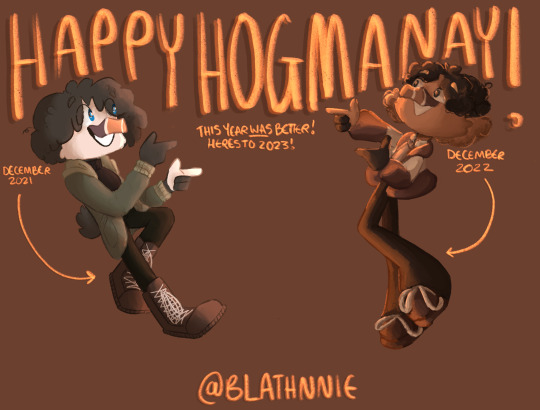


#art#my art#digital art#fanart#doodle#drawing#ducktales#ducksona#ducktales 2017#redraw#yearly redraw#annual redraw#selfsona#sona#hogmanay
26 notes
·
View notes
Text
Video 📹 from Instagram

Remember… Christmas was kind of a glittery political football. — Robert Parker
#Tait rhymes with hat#Good times#🏴#History#Christmas#Yule#Hogmanay#🎄🎅🏻🦌#Instagram#My screenrecording
23 notes
·
View notes
Text



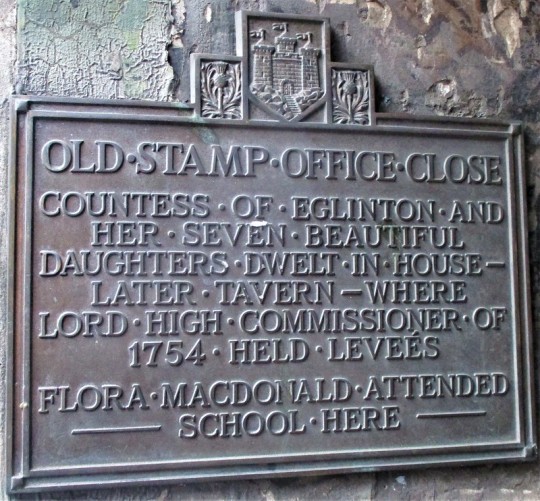

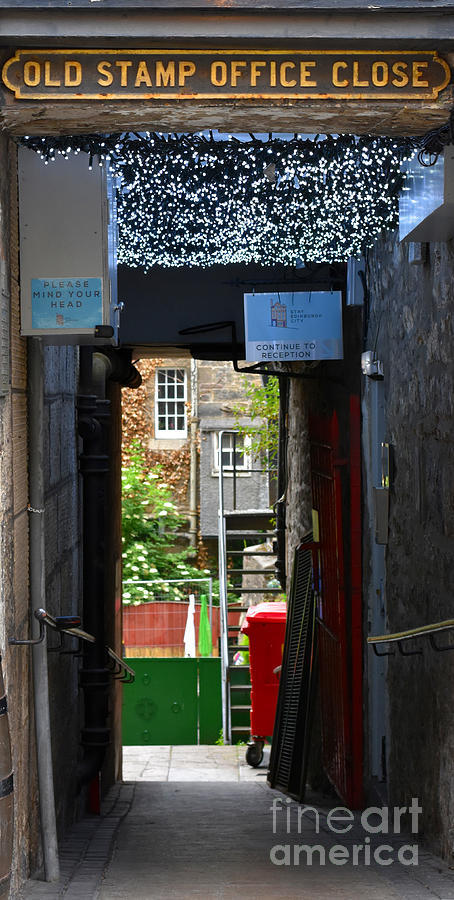
On the hour leading up to midnight on Hogmanay, 1811 and into New Years day a riot occurred in Edinburgh, now knowns as the Tron Riot.
Edinburgh in the early 19th century was a time of heightened tension between the crowded Old Town and the wealthier New Town, founded in 1767. This architectural separation made the division of classes more pronounced. Conflicts, riots and social unrest were common in Scotland at the time.
The Old Town was home to many youth gangs, one of which was the Keely Gang (also known as the Niddly Gang), led by Hugh McDonald and Hugh McIntosh. The police were given more powers, which was particularly hostile to the poor. Petty crimes committed by gangs like the Kelly family were increasingly suppressed by the authorities.
It was a tradition for New Town residents to come to the Old Town to celebrate Hogmanay in the streets around Tron Church, a tradition that still existed until recently then at the time The Tron was the parish church, and the bells there brought in the New Year.
After midnight, crowds moved through the area, heading to a friend's house as part of a fast-footing custom. According to later trial testimony, the Keeley Gang planned to take advantage of the wealthy crowds of the New town Hogmanay during the final weeks of 1811 while simultaneously attacking the police.
On December 31st, members of the Keeley Gang began attacking passersby. - On the streets of the Old Town from around 11pm. Victims were surrounded, threatened, and in some cases knocked to the ground and robbed by young men with wooden sticks. A town watchman named Dugald Campbell was attacked by a group of young men at Stamp Office Close off High Street. He was beaten with a stick and left to die. Apparently Campbell was known to the gang, and they hated him. It was later claimed that they planned to "lick him on the last night of the year if we could catch him." Campbell was taken to the Royal Infirmary and died of his injuries on January 3rd.
A bounty of 300 guineas was offered by the town council for information leading to the arrest of the attackers. Victims and witnesses described many of the rioters as "boys" and "young people." By the end of the month, 68 youths had been arrested, none of them over the age of 20. They were described as "a band of lazy apprentices". The primary perpetrators are believed to be John Skelton, Hugh McIntosh (16), Hugh McDonald (18) and Neil Sutherland (18). Skelton was convicted of attempted robbery, and McIntosh, McDonald, and Sutherland were convicted of planning a riot and conducting a raid. McIntosh was also found guilty of the murder of Dugald Campbell. All four were sentenced to death along with James Johnston, who was never arrested.
Skelton's sentence was later commuted to life transportation due to his previous good character. On April 22nd, McIntosh, Sutherland, and MacDonald were hanged near the stamp office. Mackintosh's body was sent for autopsy, and Sutherland and MacDonald were buried in Greyfriars Church.
According to historian Andrew Ralston, the Tron riots sent a strong message about juvenile delinquency and were used to deter other would-be criminals.
In addition to the three people sentenced to death, several of the lesser offenders of the riot received relatively harsh sentences for their crimes. Lord Gillies hoped that these punishments "would not affect the youth of the city, but would be a means of making them disgust with acts such as those recently committed here."
After the riots, authorities quickly took steps to reorganize and strengthen. police force. Later that year, the Edinburgh Police Act 1812 was introduced, greatly increasing the number of police officers patrolling the city.
17 notes
·
View notes
Video
“What is a "canty day", Dennis?'
'I've never troubled to ask. Something like hogmanay, I expect.'
'What is that?'
'People being sick on the pavement in Glasgow.'
'Oh.”
- Evelyn Waugh, The Loved One
Haud Hogmanay everyone.
Lang may yer lum reek in yer ain wee hoose.*
*long may your chimney smoke.
#waugh#evalyn waugh#quote#literature#hogmanay#new year#happy new year#gin#drink#gin bothy#scottish#scotland#tradition#custom#heritage#drinking
132 notes
·
View notes
Text

Happy Hogmanay 🖤🖤🖤
All the best to everyone
12 notes
·
View notes
Text
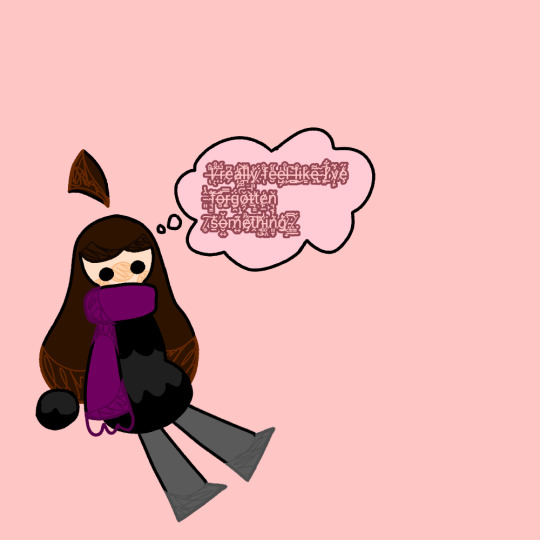


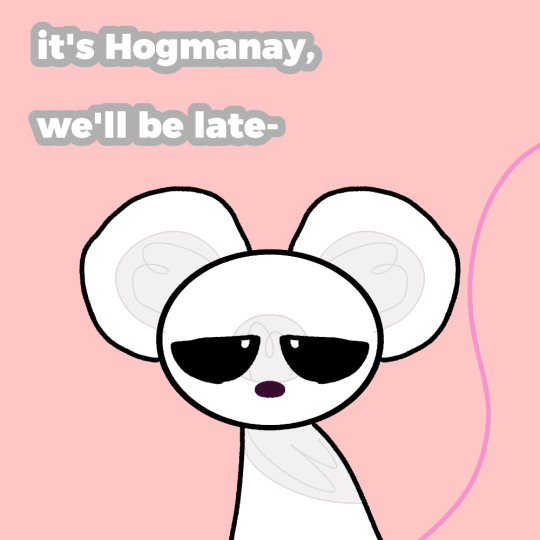
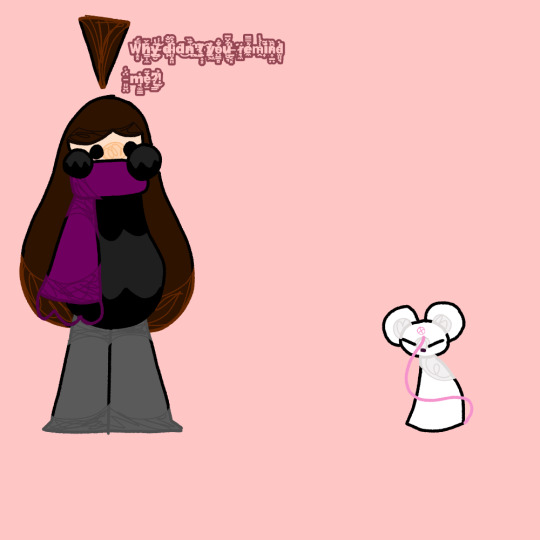
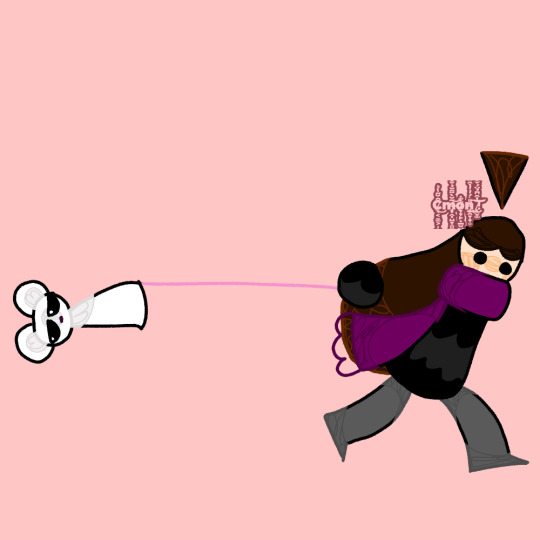
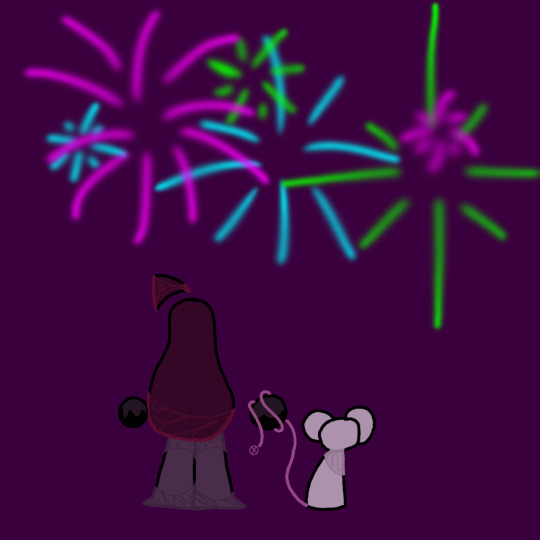

Keys and Toddney are almost late to Hogmanay
#they celebrate it in the void because i said so#hogmanay#happy new years 2024#happy new years#ocs#oc art#oc comic#comic#oc: keys#oc: toddney#keys and toddney
14 notes
·
View notes
Text
A seasonal question: how many of you are aware of the concept of “first footing” to bring in the new year, and how many of you do it?
I’ve heard other variations of it, but in my family’s case, the first person to step over the threshold into the house after midnight carries a coin, bread, salt, a lighter, and a spirit (to bring prosperity, food, flavour, warmth, and good cheer to the new year, respectively)
Also please add where you’re from in the tags - Google suggests this is a very Scottish tradition, but my family only really has Irish roots, so I’m intrigued about that
8 notes
·
View notes
Text
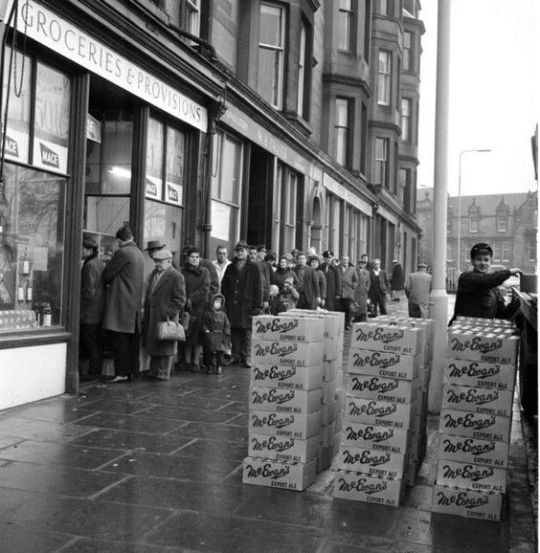
Customer's queue to buy their Hogmanay supplies. Brandon Terrace, Stockbridge, Edinburgh. December 1965
9 notes
·
View notes
Text

Hello Everyone
Ya Airbnb Fannies
Edinburgh, Hogmanay.
#hogmanay#edinburgh#scotland#new year#2024#stickers#airbnb#ya airbnb fannies#nye#happy new year#new years eve
7 notes
·
View notes
Text
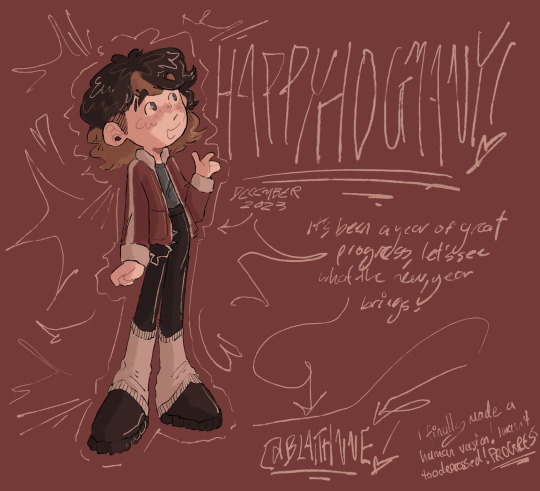
I have been meaning for literal years to update my annual redraw with my human self and not my ducksona, since I don’t draw ducks that much anymore. This year I was finally able to do it! I’m very happy with how my art looks rn :]
#art#my art#digital art#fanart#doodle#drawing#selfsona#sona#Hogmanay#sketch#new year#redraw#annual redraw#yearly redraw
22 notes
·
View notes
Text
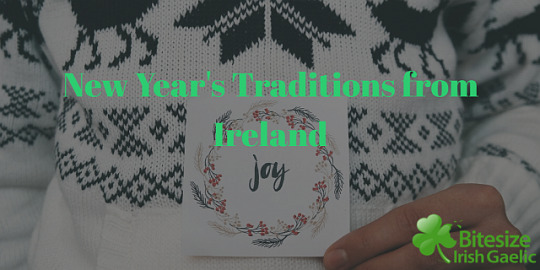



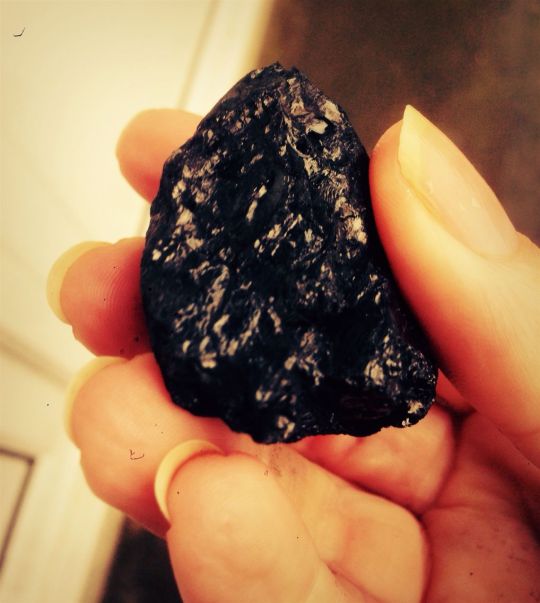



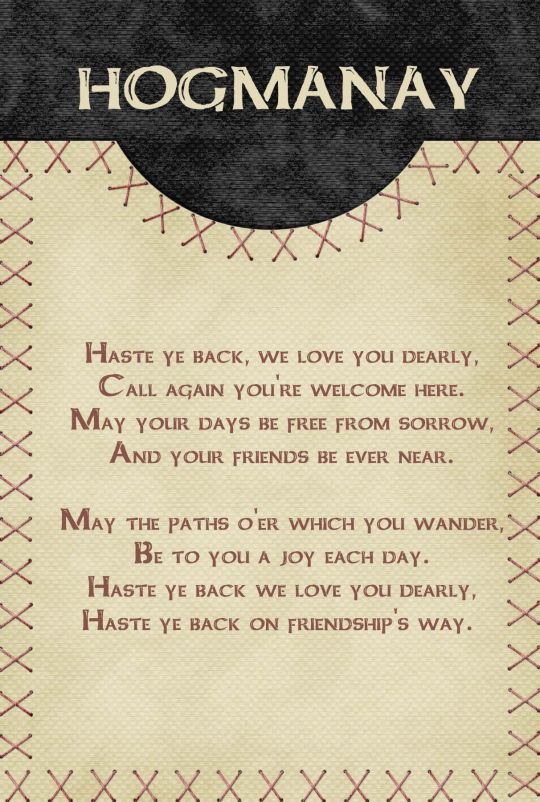


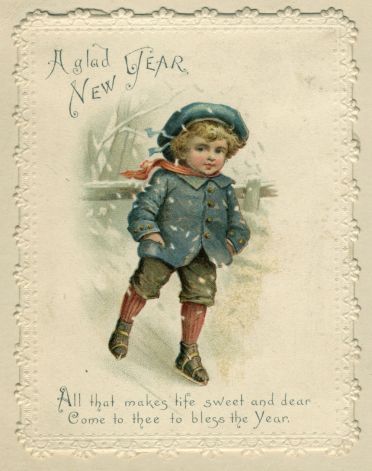
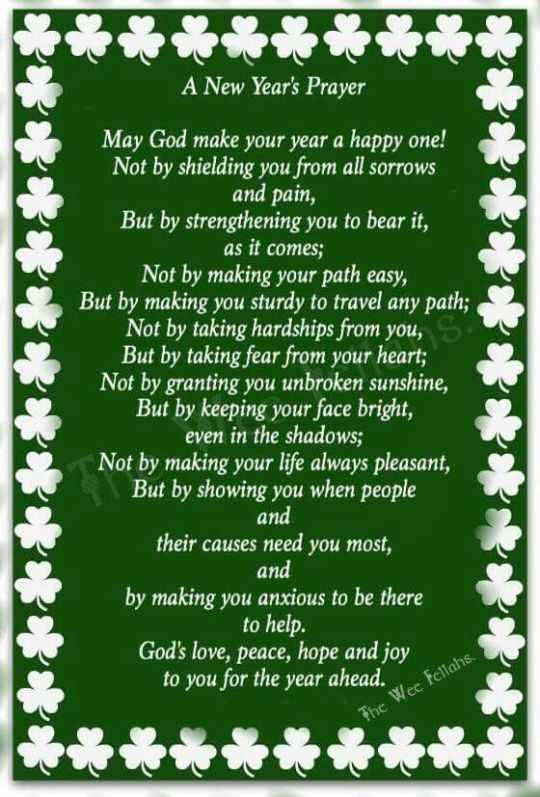




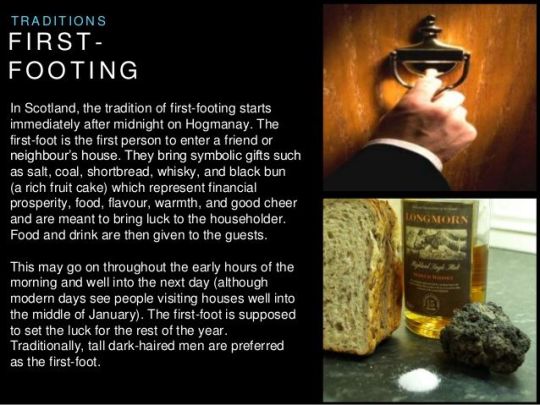
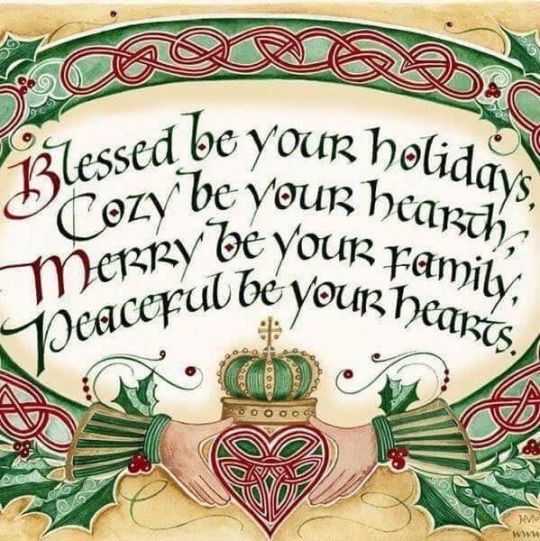
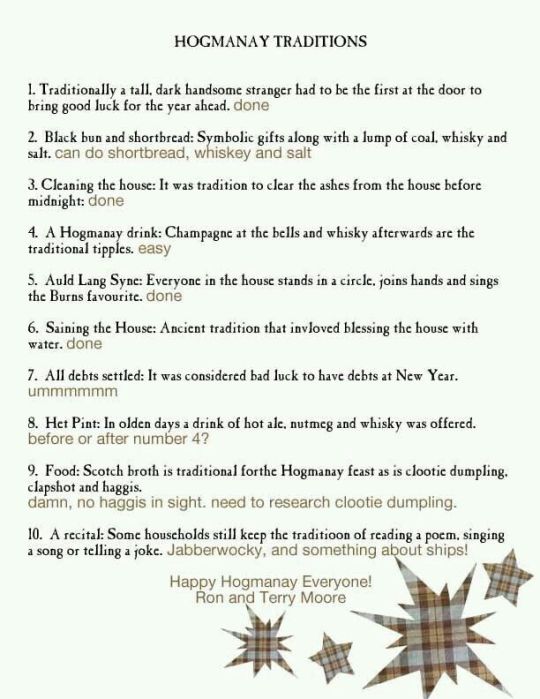

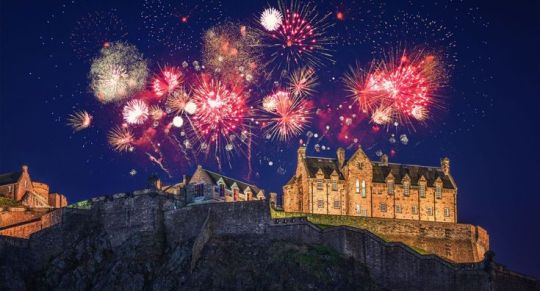
Happy Witchcore Samantha Wednesday!
For those of you who are new here, this orginally stemmed from my obsession with Sam Winchester and Sastiel in the Supernatural fandom, and in an attempt to provide Sam a better life, I created an AU with a transgender MtF witchcore Samantha, a genderfluid cottagecore beekeeper/gardener Castiel, and non-binary toddler Jack Kline.
New audiences call for a slight change in direction, and while Samantha, Cas, Jack, and I are still available to answer questions about the family, Witchcore Samantha Wednesdays will now be focusing on making moodboards that fit the cottagecore and witchcore vibe. Suggestions and prompts are always welcome, just shoot me an ask or a DM!
Today's moodboard was requested by @flynn-thebin! They asked for celtic New Year's traditions. I found a couple of traditional Irish customs, like leaving the back door open and first footing. I also found an article on the Scottish celebration of Hogmanay! You can read more about that ancient festival here!
I am extremely serious about needing suggestions in order to continue providing quality content, whether it be anonymous one word prompts, or elaborate collaborative pieces sent through DMs
As with the rest of my moodboards, none of these pictures are my own, and I claim no credit for any art or design used, only for the concept created
Tagging: @somethxng-angel @lord-kaira @hexlorde @regnumveritatis @need-that-sastiel-serotonin @ruinedsam @allieyourally @stemroses @eunoiastarz @wendibird @thewinchestersruinedmylife0924 @sassyfoxunknown @oh-no-its-danger-gays @heaven-ecologist @the-gray-ghosty @stuckysdaughter @clairenovak-winchester @moostiel @fandom-hoarder @magpie-wings @mxltivxrse2020 @hey-its-moss @fae-and-night @twobrothersoneheart @annoyingdinosaurnoises @kayla-sparrow @fangirlxwritesx67 @nvybloo @cowboyincest @zwahkmuchoney @cordellwinchesterwalker @willgrahamscat @mychem1calbr0mance @chimerazodiac @flynn-thebin
(If anyone wants to be added to/removed from the weekly tag list, DM me and let me know!)
#witchcore samantha wednesday#trans sam winchester#cottagecore sastiel#spn#bird mom answers#sastiel#non binary jack kline#genderfluid cas#cottage witch#open to requests#cottagecore moodboard#witchcore#Witchcore moodboard#witchcore sam winchester#cottagecore castiel#hogmanay#Hogmanay 2022#New Year's traditions#Celtic traditions#happy new year#Happy hogmanay
30 notes
·
View notes
Text
Historical Hogmanay (Scottish New Year)

Hogmanay is the name for the Scottish New Year Eve, and was once thought to be a time when the veil was thin, allowing all sorts of creatures from the Otherworld into ours. Some theorize that this supernatural aspect is even where the name came from.
“We know that on this night it was considered necessary to propitiate the dwellers in fairy-land, who, with the Phynnodderees, Witches, and Spirits of all kinds, were abroad and especially powerful. We may, therefore, perhaps translate Hog-man-aye into Hanga-man-ey–“mound-men (for) ever,” the Fairies being considered as dwellers in the hows (or tumuli, or green mounds)…-“
The Folk-Lore of the Isle of Man by A. W. Moore[1891]
The pagan roots of the festival were once clear, and some locations held onto those traditions longer than others. For example, the Isle of Man once had a person puppet a horses head made of wood that was called White Mare.
“He went round the table snapping the horse’s mouth at the guests who finally chased him from the room, after much rough play.”
The Folk-Lore of the Isle of Man by A. W. Moore[1891]
Similarly, some places in Scotland had a person in a cows hide who would be chased around the house by people with sticks.
“Each then pulled off a piece of the hide, and burnt it for the purpose of driving away disease.”
The Folk-Lore of the Isle of Man by A. W. Moore[1891]
Many of the traditions have died out, while others might still seem familiar.
Fires
For some on the last day of the year, the fire was to be smothered and made smooth. First thing in the morning, you would look for prints in the ash.
“The first thing on New Year’s morning was to examine if there was in the ashes any mark like the shape of a human foot with the toes pointing towards the door. If there was such a mark, one was to be removed from the family before the year was run. Some climbed to the roof of the house and looked down the “lum” for the dreaded mark.”
Notes on Folk-Lore of the North-East of Scotland by Walter Gregor, M.A. (1881)
For others, the fire was not allowed to go out all night.
"It was a practice not to be neglected to keep the fire alive in the house all night. No one was to come near it but a friend, and, as an additional security against its going out, candles were kept burning. Hence, the other name given to the night, Oidhche Choinnle, i.e. candle night."
Witchcraft & Second Sight in the Highlands & Islands of Scotland by John Gregorson Campbell (1902)
If the fire did go out, you would be on your own. It was considered unlucky to give out fire on the first day of the year, so your neighbors would be unlikely to assist.
“It gave the means to witches and evilly-disposed people to do irreparable mischief to the cattle and their produce. The dying out of the fire was, therefore, a serious inconvenience in days when lucifer matches were unknown.”
Witchcraft & Second Sight in the Highlands & Islands of Scotland by John Gregorson Campbell (1902)
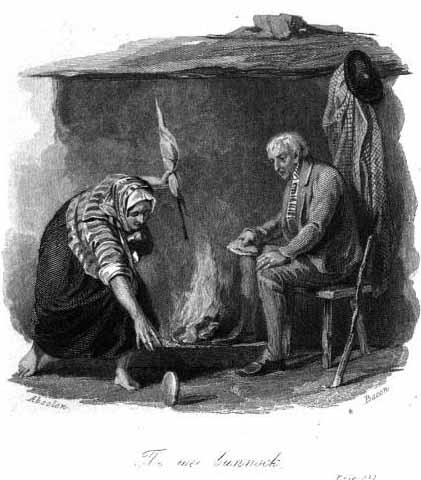
Juniper Saining
“On New Year’s day the Highlanders burned juniper before their cattle.”
Old Scottish Customs, Local and General by Ellen Emma Guthrie 1885
Saining is a set of practices to cleanse or ward off evil, and juniper smoke is one example of it. Saining could be done at any time of year, but it was though to be stronger during times when the veil was thin.
Every room was cleansed with the smoke, and so were humans and cattle.
“Stewart in his “Popular Superstitions of the Highlands of Scotland” tells how on the last night of the year the Strathdown Highlanders used to bring home great loads of juniper, which on New Year’s Day was kindled in the different rooms, all apertures being closed so that the smoke might produce a thorough fumigation.
Not only human beings had to stand this, but horses and other animals were treated in the same way to preserve them from harm throughout the year. Moreover, first thing on New Year’s morning, everybody, while still in bed, was asperged with a large brush.”
Christmas in Ritual and Tradition, by Clement A. Miles, [1912]
Mumming
Mumming or guising is something people tend to associate with Halloween (trick-or-treating), but it also happened on Christmas and Hogmanay. Mummers (commonly poor folk) would entertain in exchange for food and drink.
Here is an example of just one rhyme:
“Get up, goodwife, and shake your feathers,
And dinna think that we are beggars;
For we are bairns come out to play,
Get up and gie’s our hogmanay!”
Christmas in Ritual and Tradition, by Clement A. Miles, [1912]
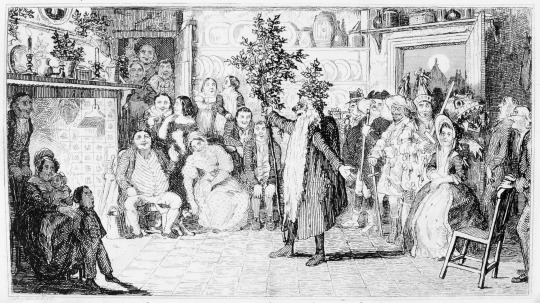
Drinking
This is something people will recognize; drinking. People would get together with food and drinks (typically het pint).
“On the approach of twelve o’clock, a hot pint was prepared—that is, a kettle or flagon full of warm, spiced, and sweetened ale, with an infusion of spirits.
When the clock had struck the knell of the departed year, each member of the family drank of this mixture ‘A good health and a happy New Year and many of them’ to all the rest, with a general hand-shaking.”
Christmas in Ritual and Tradition, by Clement A. Miles, [1912]
When midnight hit, you would share with neighbors.
"Even the poorest in Scotland exchange sips of hot spiced ale, and make offerings of cakes, buns, and shortbread to their neighbours when ushering in the New Year on the stroke of midnight."
Manners, Customs, and Observances: Their Origin and Significance by Leopold Wagner[1894]

First Footing
Who was first to enter your home on the new year could alter your luck for the year.
“The first-footers are off and away, flying in every direction through the city, singing, cheering, and shaking hands with all and sundry.”
Christmas in Ritual and Tradition, by Clement A. Miles, [1912]
For many places, you would hope it to be a dark-haired man.

#hogmany#hogmanay#new year#new years#scottish#scotland#scottish new year#new year scotland#pagan#paganism#scottish paganism#scottishpaganism#historic#history#historical#Festivals#PaganScotland#pagan scotland#scottishpagan#ImportantScottishDays
31 notes
·
View notes
